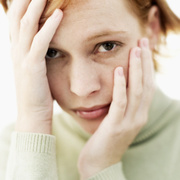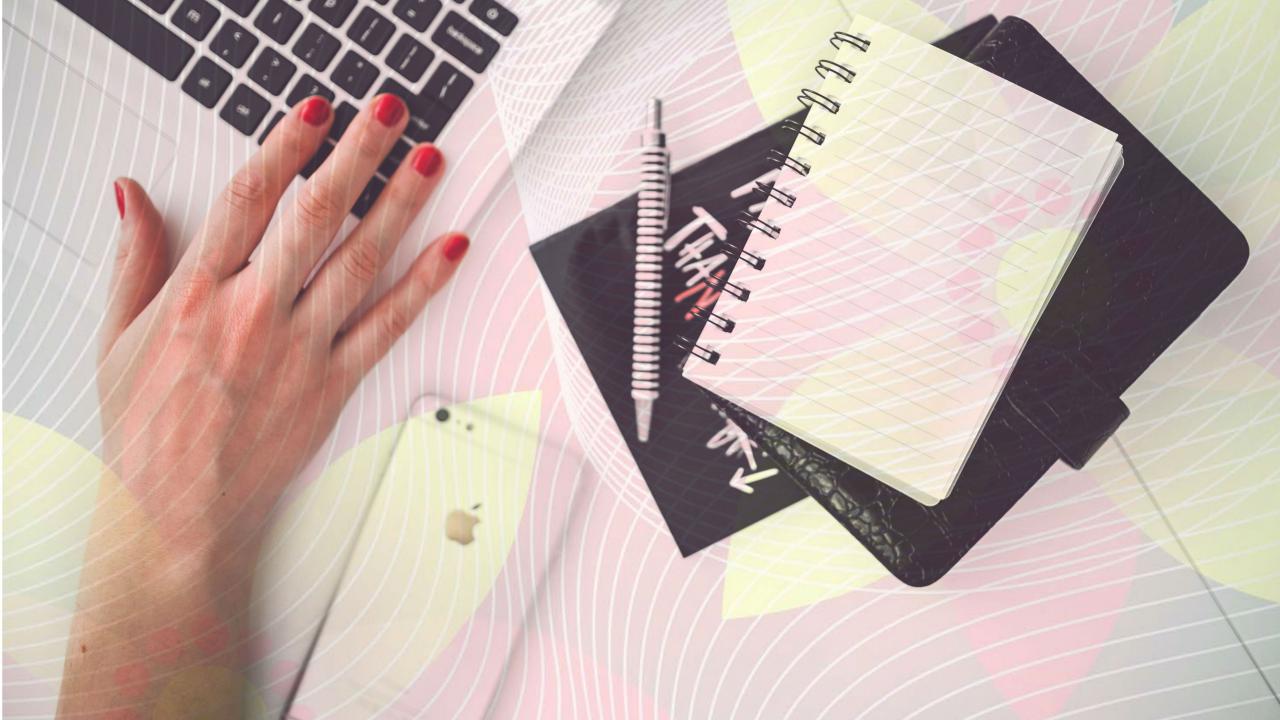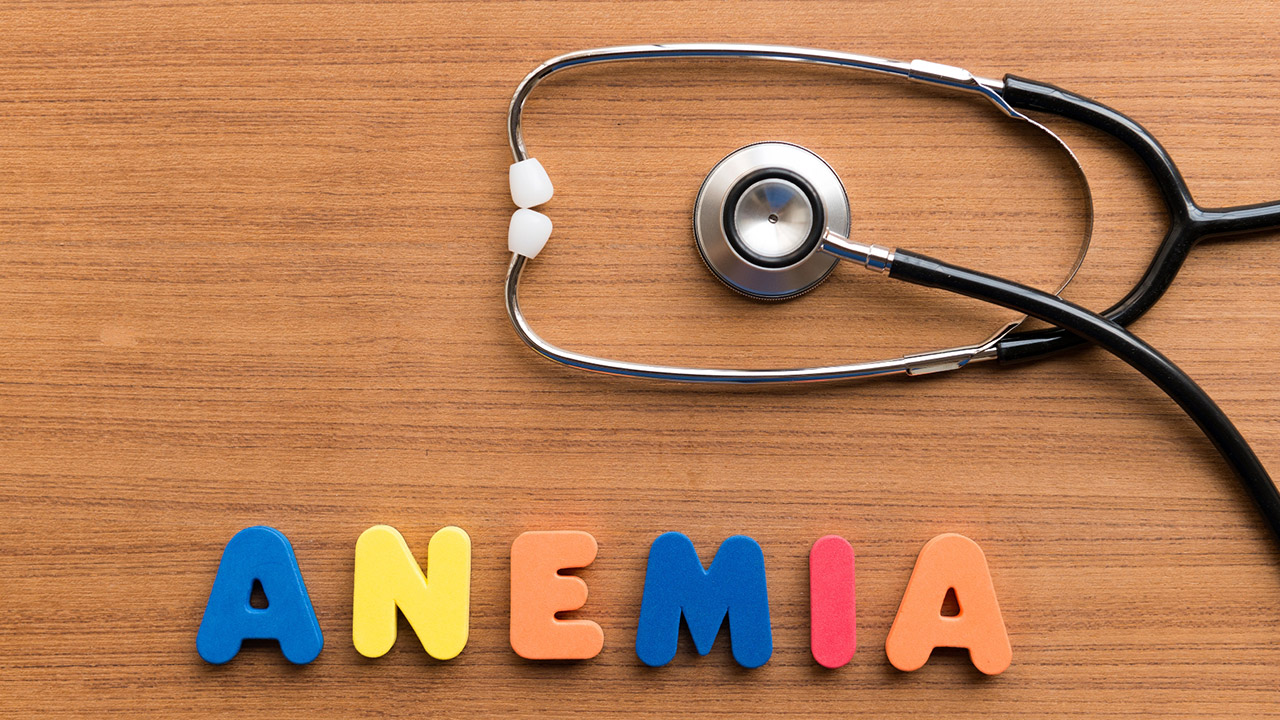 Photo: Getty Images
Photo: Getty Images
When we think of anxiety we often think of the word “stress.” While every-day stress is real and, in many ways, largely unavoidable, there is a difference between every-day stress and anxiety.
Every-day anxiety can show itself in the form of being nervous before an important event, a job, a test you need to take, a date, an interview, or any number of other events. This anxiety can fall well within the bounds of what is “normal” or acceptable.
Your heart races, your palms are sweaty, you can feel the adrenalin pumping through your system. The “fight or flight” response kicks in and your body and mind want to either run away or hit someone.
In most cases, when anxiety is still within the healthy bounds of every day life, these moments of stress and anxiety pass, leading the body to a more regulated, calmer level of functioning. Anxiety is defined as nervousness, worry, fear and apprehension.
These feelings, when mild, can be upsetting but will not interfere with daily life, whereas extreme anxiety can interfere with almost every activity of daily functioning.
There are three types of anxiety disorders. These are:
1. Generalized anxiety disorder
Generalized anxiety disorder is characterized by excessive worrying about things both real and imagined, such as the possibility of losing one’s job even if that is not on the horizon, or the possibility of a child, spouse or loved one falling ill even though there is no current medical condition.
2. Panic disorder
Panic disorder is characterized by racing heart, sweaty palms, chills, dizziness. Panic attacks can be triggered by the same things or can be triggered by random events or situations, such as getting lost while driving.
3. Social anxiety
Social anxiety is characterized by a debilitating fear of what people will think about you and how your interactions with others or your interactions in public will go. This can cause other issues, offshoots of this anxiety.
Some other anxiety disorders include obsessive–compulsive disorder, phobias, separation disorder and post-traumatic stress disorder.
There are many types of treatment for anxiety, including psychotherapy, cognitive behavioral therapy, pharmaceutical therapy, massage therapy, music and art therapy, drama and dance therapy, and others.
Learning to understand and manage one’s anxiety is an enormous part of any anxiety treatment. In cognitive behavioral therapy, for example, one learns to see the anxious part of one’s mind as something one can have power over, and “homework” is given to people to help them desensitize themselves to the things which cause them to become anxious.
Sources:
Medical News Today. All About Anxiety
Retrieved from the internet on October 24, 2011
http://www.medicalnewstoday.com/info/anxiety
WebMD. Anxiety and Panic Disorders Overview
Retrieved from the internet on October 24, 2011
http://www.webmd.com/anxiety-panic/default.htm
MedicineNet.com. Generalized Anxiety Disorder
Retrieved from the internet on October 24, 2011
http://www.medicinenet.com/anxiety/article.htm
Aimee Boyle is a regular contributor to EmpowHER
Reviewed October 25, 2011
by Michele Blacksberg RN
Edited by Jody Smith





Add a CommentComments
There are no comments yet. Be the first one and get the conversation started!